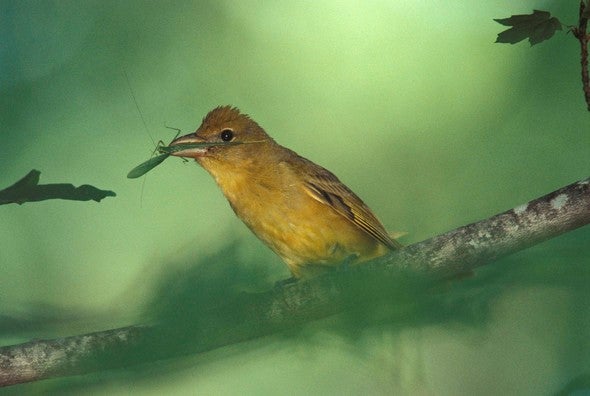
Xplor reconnects kids to nature and helps them find adventure in their own backyard. Free to residents of Missouri.


































Stay in Touch with MDC news, newsletters, events, and manage your subscription

Xplor reconnects kids to nature and helps them find adventure in their own backyard. Free to residents of Missouri.

A monthly publication about conservation in Missouri. Started in 1938, the printed magazine is free to residents of Missouri.




Kansas City, Mo. – Songbirds are free to roam, and their travels take them beyond wild places to the trees, shrubs, and grasses they find in cities or near rural homes. The Missouri Department of Conservation (MDC) encourages people to get outside this summer and look for birds in their yards or neighborhood. Nuthatches and wrens will be looking in oaks and maples for insects to eat, or to carry back to a nest of young. Bluejays and bluebirds may be among the feathered visitors looking for food or nest sites. Robins enjoy pecking bugs out of a fresh-mowed lawn. People can simply enjoy listening to bird songs coming from the trees, or, they can use them as an educational tool, particularly for curious children.
Children learn by observation and thinking. Birds offer lessons in colors, numbers, geography, and biology. The lessons can be simple or complex, but a stimulation of wonder and curiosity is found in either approach. In times when people are sticking close to home, and children are getting restless in summer, birds await by simply stepping outside and listening or looking.
Simple birding tips:
For help in identifying birds, visit MDC’s web page at https://short.mdc.mo.gov/Zhc. Also, get general tips for birds and information about birds at https://short.mdc.mo.gov/Zhp.
The Cornell Lab of Ornithology offers a useful website called All About Birds that includes photos, bird song recordings, and information about habitats, diets, and migrations. Visit the site at https://short.mdc.mo.gov/ZhG.